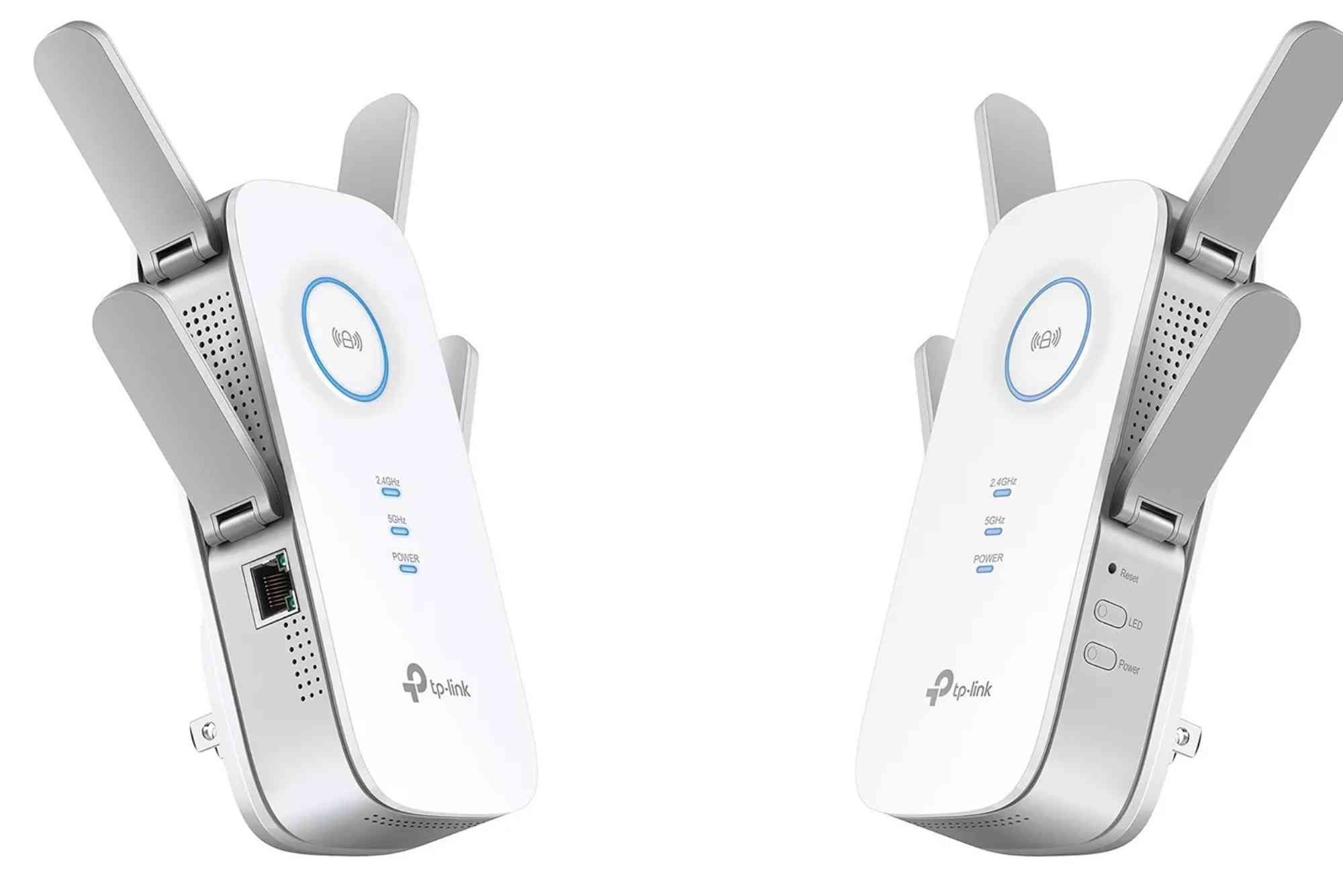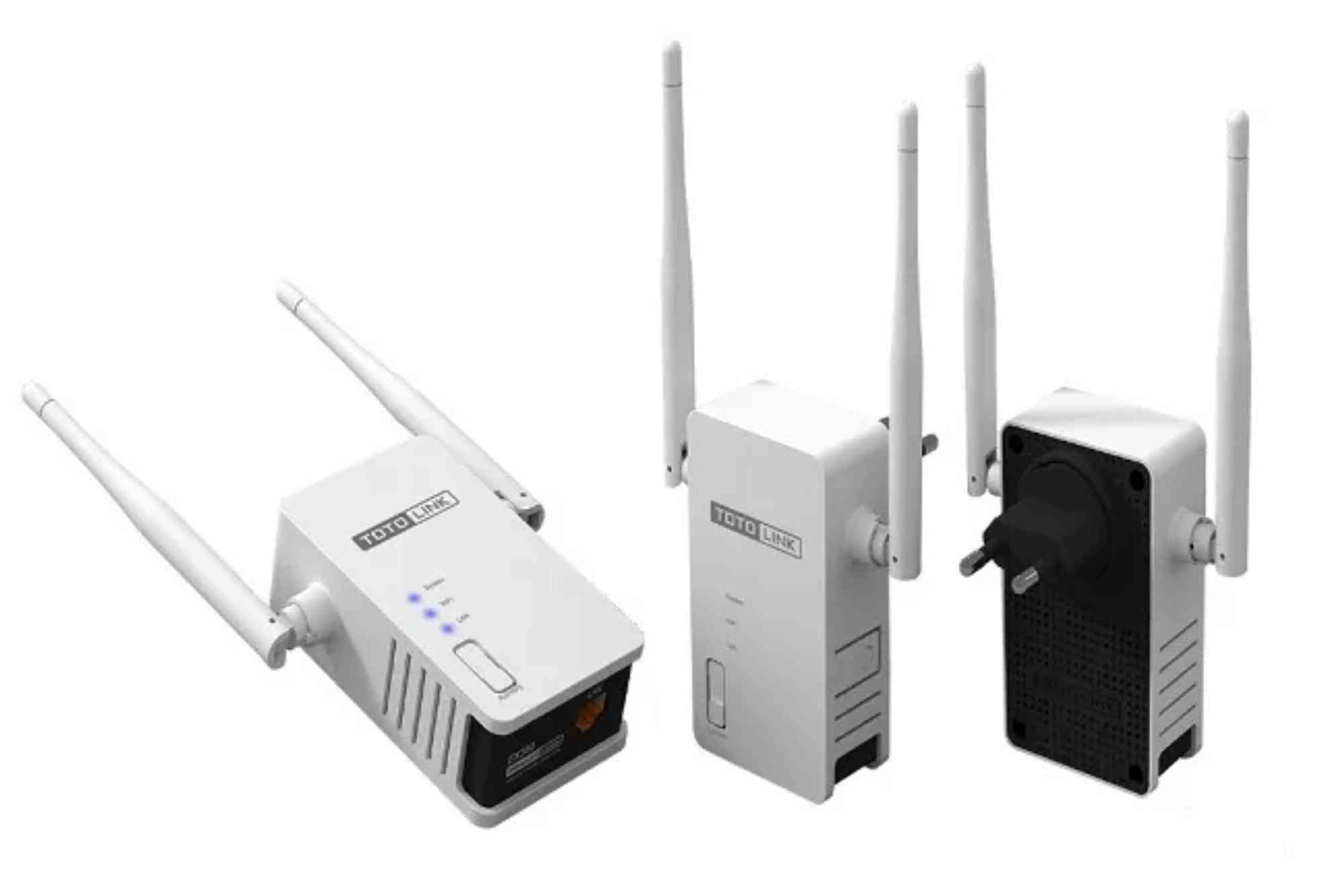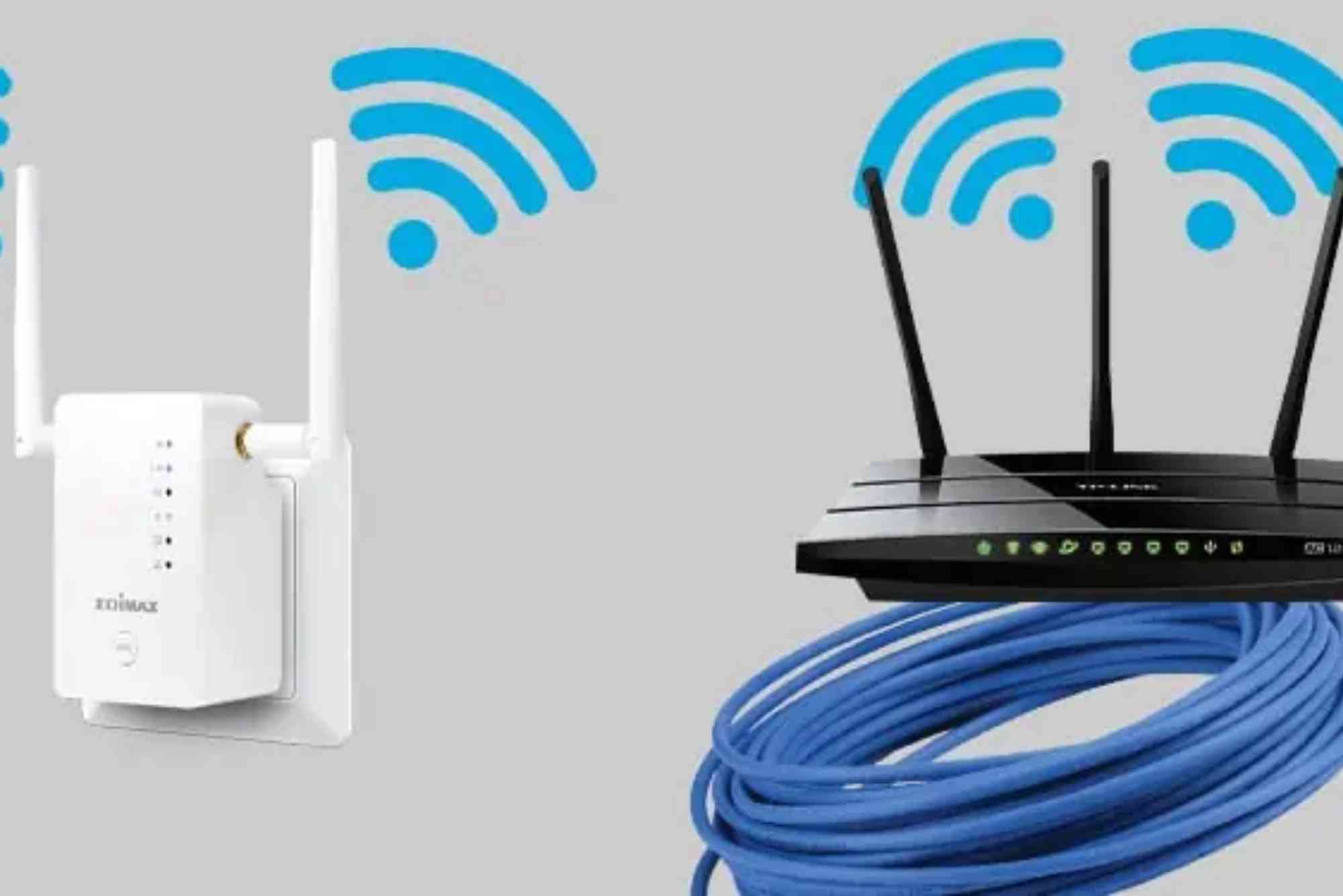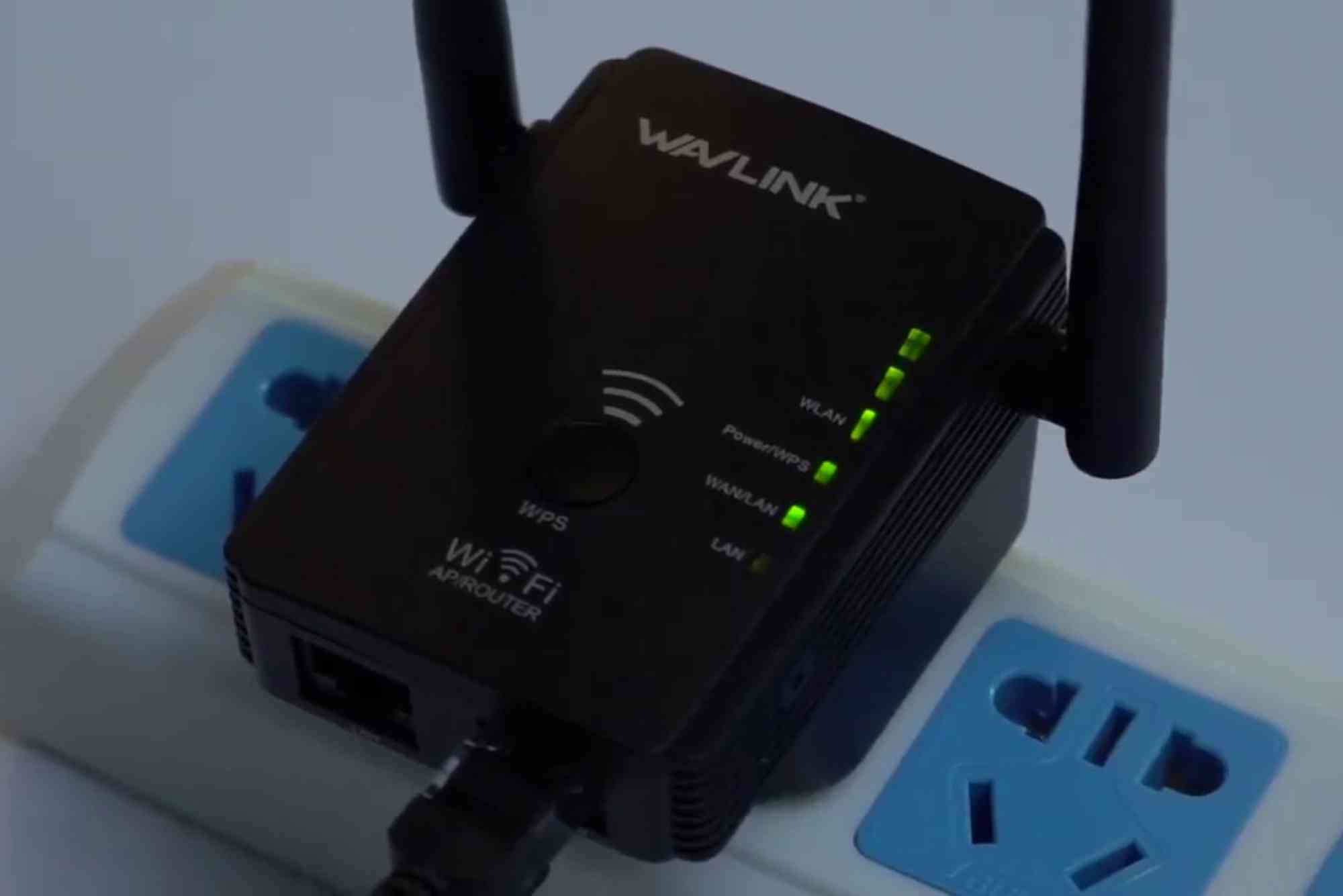Router Firewall Settings Explained: What to Enable for Safety
When it comes to keeping your home or office network safe, firewall settings on your router are your first line of defense. Many people know their router has a firewall but rarely take the time to understand what it does or how to configure it properly. With cyber threats growing daily, having the right firewall settings is no longer optional—it’s essential. In this guide on router firewall settings explained, we’ll walk through what these settings mean, which ones you should enable, and how they protect your devices and data.
Why Router Firewall Settings Matter
Your router is the gateway between your local network and the internet. Without a firewall, it’s like leaving your front door unlocked at night. Hackers, malware, and automated bots constantly scan networks for vulnerabilities. A properly configured firewall blocks unauthorized access while allowing safe traffic to flow freely.
Firewalls don’t just protect against external threats; they can also prevent infected devices within your network from spreading malicious traffic. That’s why learning how firewall settings work can make the difference between a secure network and one at risk.
Understanding Firewall Basics
A firewall acts as a filter. It monitors incoming and outgoing traffic, comparing it against rules that decide whether to allow or block it. On a router, these rules are usually pre-configured but can often be customized for more control.
Some of the main firewall functions include:
-
Packet filtering – Examines small pieces of data (packets) and blocks suspicious ones.
-
Stateful inspection – Tracks active connections to ensure only valid traffic passes.
-
Application-level filtering – Blocks traffic from specific applications or services.
-
Network Address Translation (NAT) – Masks internal devices’ IP addresses for extra privacy.
By enabling the right features, your firewall can effectively stop many threats before they reach your devices.
Router Firewall Settings Explained
Now that you know the basics, let’s break down the most common firewall settings you’ll find on modern routers and whether you should enable them.
Stateful Packet Inspection (SPI)
SPI ensures only legitimate traffic passes through by keeping track of active connections. It’s more advanced than simple packet filtering and is highly recommended for both home and business users. Enabling SPI adds a strong layer of protection without slowing down your internet speed noticeably.
Denial of Service (DoS) Protection
A DoS attack floods your network with traffic, causing it to crash or slow to a crawl. Most routers include DoS protection, which automatically detects and blocks these attacks. Always enable this feature—it provides crucial defense against a common type of online attack.
NAT Filtering
Network Address Translation hides your internal network’s devices by using a single public IP address. NAT filtering can often be set to “secured” or “open.” Choose the secure option for stronger protection, especially if you don’t run servers at home.
Port Forwarding and Port Filtering
Port forwarding allows certain types of traffic (like gaming or remote access) to reach a specific device on your network. While useful, it can also create vulnerabilities. If you don’t need it, leave it disabled. If you must enable it, combine it with strong passwords and updated software.
VPN Pass-Through
Many routers let Virtual Private Network (VPN) traffic pass through the firewall. This feature is safe to enable if you use VPNs for work or personal privacy. A VPN adds another layer of security by encrypting your internet traffic.
Ping Blocking (ICMP)
Hackers often use “pings” to discover live devices on a network. By blocking ICMP requests, you make your network less visible to potential attackers. Enabling ping blocking improves stealth without affecting normal internet use.
Content Filtering
Some routers allow you to filter websites based on categories or block specific addresses. While not essential for all users, this can help parents control children’s internet access or prevent employees from visiting unsafe sites.
Best Practices for Router Firewall Settings
Configuring firewall settings doesn’t need to be complicated. Following these best practices will maximize your protection:
-
Always change the default router login credentials.
-
Enable SPI, DoS protection, and NAT filtering.
-
Keep router firmware updated to patch security flaws.
-
Only enable port forwarding when absolutely necessary.
-
Consider adding an external firewall for business networks.
-
Regularly review logs if your router provides them.
These practices ensure your firewall works effectively while minimizing risks.
Common Mistakes to Avoid
Even with the best intentions, many users misconfigure their firewall settings. Here are the most frequent errors:
-
Turning off the firewall completely – This leaves your network wide open.
-
Using default router passwords – Hackers can guess these easily.
-
Excessive port forwarding – Opening too many ports invites attacks.
-
Not updating firmware – Outdated software often contains known vulnerabilities.
Avoiding these mistakes is just as important as enabling the right settings.
Advanced Firewall Features for Power Users
Some high-end routers and business-grade devices offer advanced firewall capabilities. While not always necessary for home users, they can provide additional layers of security:
-
Intrusion Detection Systems (IDS) – Monitor traffic for suspicious patterns.
-
Intrusion Prevention Systems (IPS) – Actively block threats in real-time.
-
Geo-blocking – Restrict traffic from specific countries.
-
Application control – Manage bandwidth and access for certain apps.
If your router supports these, consider enabling them for maximum safety.
Router Firewall vs. Software Firewall
You might wonder if you still need a software firewall on your devices if your router already has one. The answer is yes. Router firewalls protect your network as a whole, while software firewalls provide device-level protection. Using both creates a layered defense, which is far more effective.
How to Access Your Router’s Firewall Settings
Most routers can be accessed by typing their IP address (often 192.168.1.1) into a web browser. From there, you’ll log in with your username and password. Under the security or firewall tab, you’ll find the settings we’ve discussed.
If you’re unsure, check your router’s manual or your internet provider’s support site. Some providers, like Dhanote Internet Services, also offer guidance on router security and configuration for safer browsing.
Understanding router firewall settings explained is crucial for anyone who values online security. By enabling the right features—like SPI, DoS protection, NAT filtering, and ping blocking—you shield your devices and data from common threats. Misconfigured settings or disabled firewalls can leave you vulnerable, but a properly set up firewall acts as a reliable security guard at your network’s front door.
Take time today to log into your router and review your firewall settings. Update your firmware, set strong passwords, and only enable features you need. For expert guidance, you can also rely on providers such as Dhanote Internet Services to ensure your internet experience is not only fast but also secure. Your digital safety starts with a strong firewall. Don’t wait until it’s too late—secure your router now.
FAQs
Do I need to enable the router firewall?
Yes. The firewall is essential to block unauthorized access and reduce exposure to cyber threats.
Will enabling firewall settings slow down my internet?
Most modern routers handle firewall tasks efficiently, so the impact on speed is minimal.
Should I turn on both SPI and DoS protection?
Yes, enabling both provides strong protection against common types of attacks.
Is port forwarding safe?
Port forwarding is safe if used sparingly with proper security measures, but avoid it unless necessary.
Can I use a VPN with my router’s firewall?
Absolutely. VPNs work alongside firewalls to enhance privacy and security.
What happens if I disable NAT filtering?
Disabling NAT filtering exposes your devices directly to the internet, increasing the risk of attacks.
Do I still need antivirus if I enable my router firewall?
Yes. Firewalls block traffic, but antivirus protects against malicious files and software.








